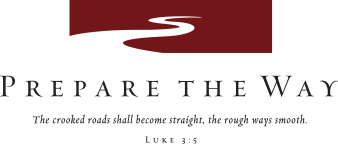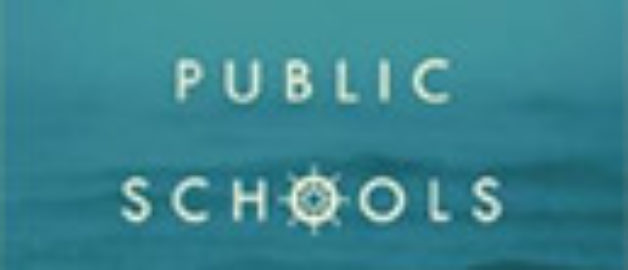Free Public Schools: A Christian Idea
Where did the idea of our free American public schools come from, anyway?
The public schools in our nation actually originated with the founding Christians. Reading was so highly valued by the Puritans and most Protestant Reformers that they sought to make books available to and literacy a priority for every citizen. Up to that point in human history, education had generally been reserved for the upper classes, and primarily only for their sons.
But the Puritan settlers believed that it was critical for everyone to know how to read the Bible, so that all citizens would be able to evaluate for themselves if the government was passing laws in accordance with Scripture. Psalm 119:160 (ESV) says, “The sum of your word is truth. And every one of your righteous rules endures forever.” The Puritans understood this to mean that the only way to keep from being deceived or led astray was to know the Bible. They felt so strongly that every single person should be able to read the Bible that they started schools for everyone.
Because the Christian worldview held that all mankind is created in the image of God, everyone was required to learn how to read, not just boys.
The value that early American Christian settlers placed on reading the Bible radically changed the state of education. Literacy rates skyrocketed in our young nation to levels that the world had never before seen. By the time of the American Revolution in 1776, the literacy rate was over 90%.[1]
Because the Puritans applied a Biblical worldview to education, America had the highest literacy rates in the history of the world.
What was the most widely used textbook in early U.S. schools? Many people today would be surprised to find out that it was the Bible. In fact, Fisher Ames, a signer of the Declaration of Independence, said this in 1801:
[Why] should not the Bible regain the place it once held as a school book? Its morals are pure, its examples captivating and noble. The reverence for the Sacred Book that is thus early impressed lasts long.
Mr. Ames was noting that, at the turn of the century, some other textbooks, in addition to the Bible, were gaining popularity in schools. His declaration emphasizes his belief that the Bible should retain its place as a key teaching tool in schools. In a stroke of irony, it turns out that Fisher Ames is also the primary author of the “Establishment Clause” in the First Amendment of the Bill of Rights, which has now been misinterpreted by many people to mean the total “separation of church and state.”
When some Delaware Native American chiefs asked that their youth be educated in our United States public schools, George Washington replied, “You do well to wish to learn our arts and ways of life, and above all, the religion of Jesus Christ . . . Congress will do everything they can to assist you in this wise intention.”[2]
So we see that—until very recently—Christianity was at the foundation of our American educational system. The censoring of Christianity from our American educational system is a very recent—and even a bizarre—phenomenon.
[The above is an excerpt from our book, Navigating Public Schools.]

